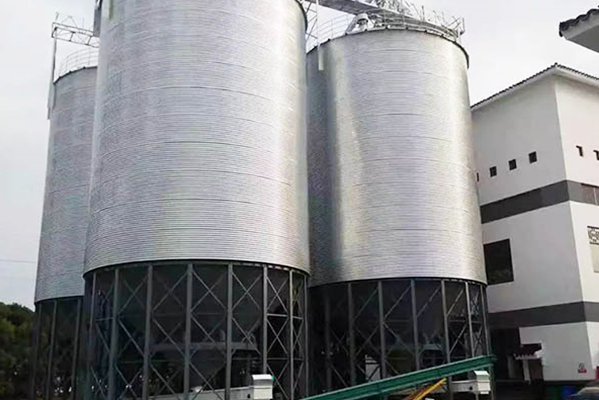Navigation Menu
Contact Us
- Email:
- info@wxavatar.com
- Address:
- Yurong Village, Yuqi Street, Huishan District, Wuxi, China.
Release Date:Jul 18, 2025 Visit:21 Source:Roll Forming Machine Factory
Roll forming machines are essential equipment in metal fabrication industries, transforming coils of metal into specific cross-sectional profiles through consecutive sets of rolls. Proper maintenance of these machines ensures consistent product quality, minimizes downtime, and extends equipment lifespan. This article outlines key considerations for maintaining roll forming machines effectively.

Regular Inspection Schedule
Establishing a consistent inspection routine helps identify potential issues before they escalate. Key components to inspect include:
Roll tooling for signs of wear or damage
Bearings and lubrication systems
Drive chains and sprockets
Hydraulic and pneumatic systems
Electrical connections and controls
Documenting inspection findings creates a maintenance history that can reveal patterns or recurring issues.
Lubrication Management
Proper lubrication reduces friction between moving parts and prevents premature wear. Considerations include:
Using manufacturer-recommended lubricants
Following specified lubrication intervals
Ensuring proper application methods
Monitoring lubricant levels and quality
Cleaning excess lubricant to prevent buildup
Alignment and Calibration
Maintaining proper alignment of rolls and machine components is critical for product quality:
Regularly check roll alignment using precision instruments
Verify the straightness of shafts and arbors
Ensure proper spacing between forming stands
Calibrate sensors and measurement devices
Confirm proper synchronization of multiple stations
Wear Part Monitoring
Certain components experience more wear than others and require special attention:
Examine forming rolls for surface wear or scoring
Check guide plates and wear strips
Inspect cutting tools and blades
Monitor feed rollers and straightening devices
Track bearing performance and replacement history
Cleaning Procedures
Keeping the machine clean prevents material buildup that can affect performance:
Remove metal shavings and debris regularly
Clean lubrication points before applying fresh lubricant
Wipe down electrical components carefully
Maintain clean work areas around the machine
Implement proper disposal of cleaning materials
Operator Training
Well-trained operators contribute significantly to machine maintenance:
Ensure operators understand normal operating parameters
Train staff to recognize early warning signs
Establish proper startup and shutdown procedures
Document standard operating procedures
Encourage reporting of unusual noises or behaviors
Spare Parts Inventory
Maintaining an appropriate inventory of spare parts reduces downtime:
Identify critical components with long lead times
Stock commonly replaced wear parts
Store parts properly to prevent deterioration
Maintain accurate inventory records
Establish relationships with reliable suppliers
Documentation and Record Keeping
Comprehensive records support effective maintenance:
Log all maintenance activities and repairs
Record replacement part information
Document machine modifications
Track production hours between services
Maintain equipment manuals and schematics

Conclusion
Proper maintenance of roll forming machines requires a systematic approach that combines regular inspections, proper lubrication, alignment checks, wear monitoring, and thorough cleaning. By implementing these practices and maintaining good records, operators can ensure consistent machine performance, reduce unexpected breakdowns, and maximize the equipment's productive lifespan. A well-maintained roll forming machine delivers reliable performance and maintains product quality standards over time.